Residency program
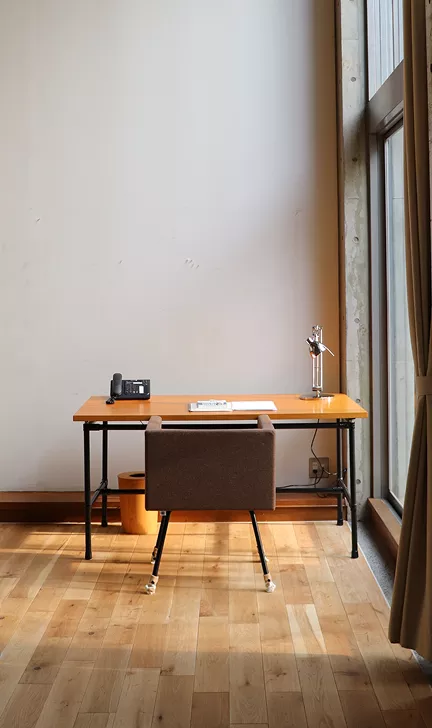
Applications closed
Villa Kujoyama is an institution of the cultural cooperation network of the Ministry for Europe and Foreign Affairs. Operated by Institut français du Japon, Villa Kujoyama works in coordination with Institut Français, and is supported by its main patron the Bettencourt Schueller Foundation.
A resarch residency
Research at Villa Kujoyama
Located in Kyoto, Villa Kujoyama is a pluridisciplinary research residence that hosts artists, artisans and creators for between four and six months. Residents are given time and a space to dedicate themselves fully to their practice and research, with no requirement to produce a work. Residents are invited to engage with artistic, cultural, academic and economic communities across the Japanese archipelago. They receive the support of an on-site team who assist them with their research and identify relevant contacts.
The Villa Kujoyama residency programme is a reflection of the changing face of contemporary creation. In 2014 it was extended to include handcrafts and Franco-Japanese duos. In 2024 it further expanded its scope to Arts and Sciences duos, thereby promoting exchanges between artistic creation and scientific research.
Micro-residencies
Micro-residencies are an opportunity for residents to take their artistic immersion beyond Kyoto. Organised over one to two weeks during the principal residency, micro-residencies draw on local partners to enable artists to meet other practitioners, and familiarise themselves with different structures in Japan while continuing to explore their project. For residents, they are an important means of feeding new ideas into a project and testing novel ideas, as well as forging lasting connections with the Japanese creative scene.
Whether finding inspiration in regions such as Yakushima, working with renowned artistic and academic institutions in Kanazawa, or conceptualising innovative projects in Tokyo, micro-residencies encourage intercultural conversations and frequently lay the foundations for collaborations that continue long after the initial residency has ended. Each micro-residency is organised according to the project’s relevance and how well it aligns with the host area.
Discover our microresidencies below.
Awaji
Kanazawa
Tokyo
Yakushima
Yakushima Photography Festival (YPF) is the first international photo festival in Kyushu, founded in 2015 on Yakushima Island by Japanese photographer Kodo Chijiiwa and French photographer Antonin Borgeaud. With the mission “to understand and to share,” YPF aims to promote cultural exchange through photography, creating a space where diverse values and perspectives resonate with one another. Through the three steps of Inspiration, Creation, and Sharing, YPF cultivates a continuous cycle of exchange between people, cultures, and nature.
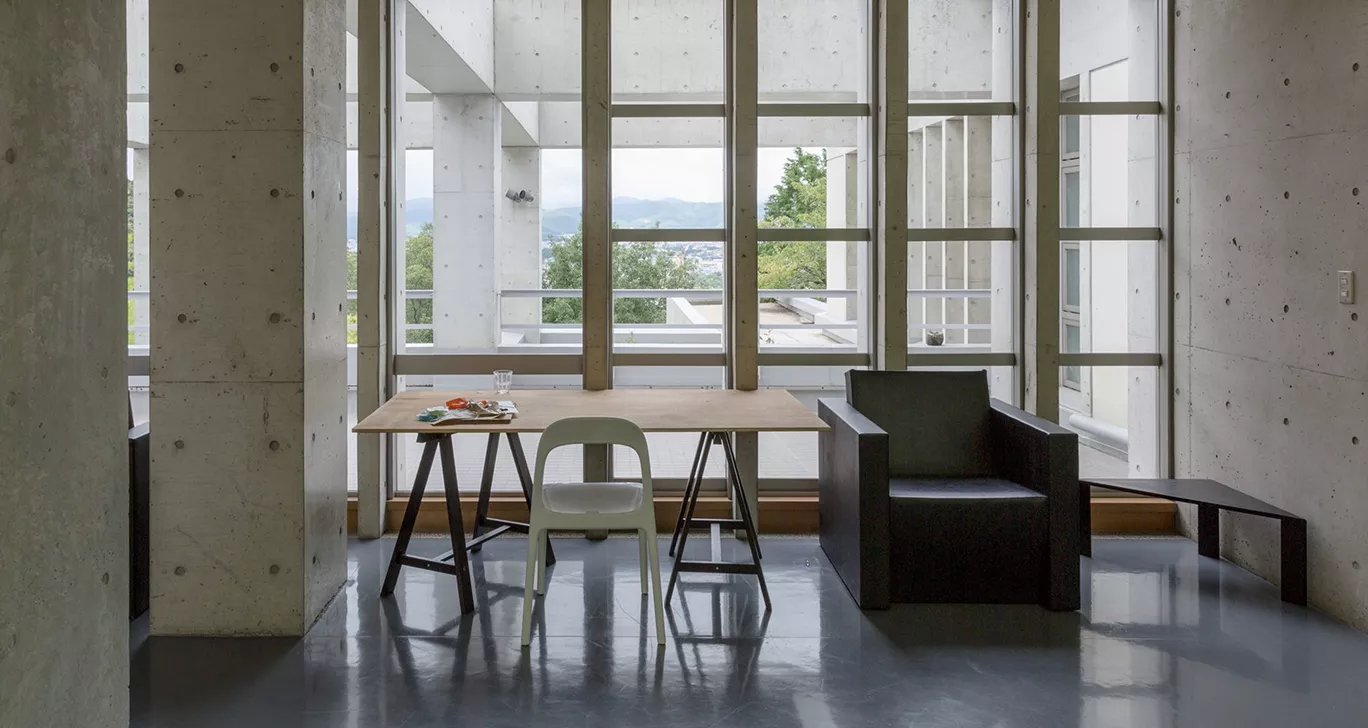
Exhibition of work
Alongside time given over to research, Villa Kujoyama regularly proposes activities and projects, both inside and outside the Villa, where residents can show their work, in Kyoto and the archipelago.
Thursdays at Villa Kujoyama
On the first Thursday of the month, from 2pm until 9pm, Villa Kujoyama opens to the public. Programming, which is drawn up with residents, is an opportunity for them to present their research at that point in time, before different audiences in their chosen format. Residents propose the form they want their presentation to take – open studio, talk, film, concert, reading or something else -, often alongside one or several Japanese collaborators. Thursdays at Villa Kujoyama introduce the public to the full scope of disciplines, projects and collaborations taking shape inside the Villa.
Admissions is free. Some events require advance booking, in which case this will be indicated in information published a week before, on the Villa’s website and social media.
Past Thursdays at Villa Kujoyama
Outreach
Residents are regularly invited to present their “work in progress” in different contexts, such as universities, academic conferences or art centres. As well as an opportunity to show how their work is advancing, these presentations are a means of connecting with different audiences, thereby promoting exchanges between different disciplines as well as recognition for residents’ contribution to their respective fields.
Workshops in schools and universities
Workshops at Japanese cultural and educational structures are a chance for residents to present their research. They are also an opportunity to engage local and international academics and students in a conversation. Often, these exchanges are a chance for artists to get feedback on their work, while learning about Japanese academic practices. Workshops can also be a space for cross-disciplinary collaboration, introducing a different dimension to residents’ research and encouraging broader thinking about global issues.
Partners:
- Nagitsuji Children’s Garden
- Kanazawa University of Arts
- Kyoto University
Participation in the Institut français du Japon network
Other cultural structures
Other institutions, festivals and galleries in Kyoto and across Japan, such as Hiroshima Art Document +, KG+ and Aesop, provide additional venues where residents can show their work.
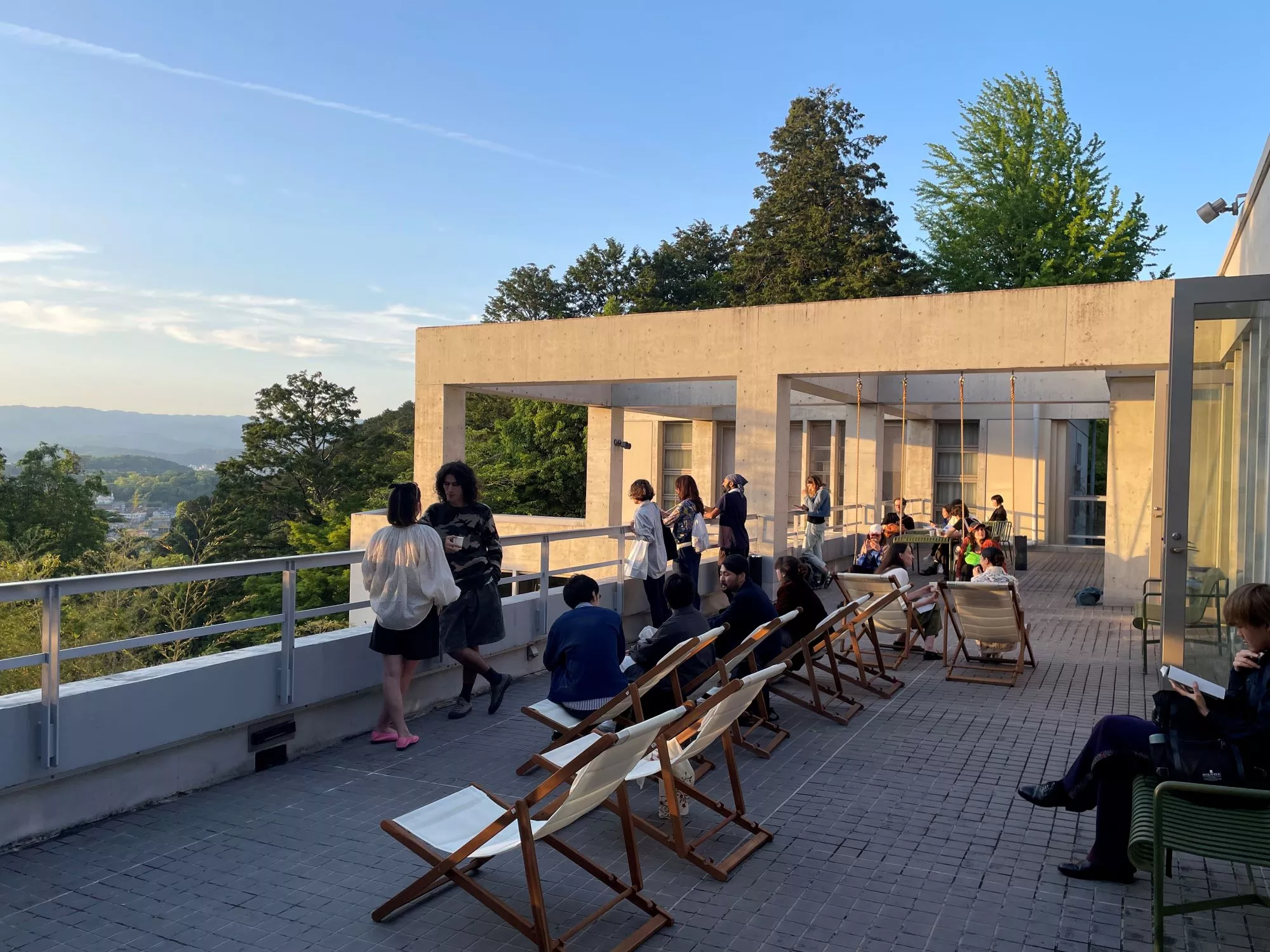
Facilities
Work and living space
Villa Kujoyama’s 1,164 square-metre building can simultaneously host six artists in 64 square-metre live/work studios comprising an equipped kitchen, bathroom, living space and twin beds.
Residents can bring their spouse/partner, who can share their accommodation at Villa Kujoyama. Residents wishing to bring their children must find off-site accommodation, for which they will receive an additional grant, while retaining their work space at the Villa.
Learn more about the architecture
Communal spaces
The building has a library, an auditorium, gardens and a terrace overlooking Kyoto.
Galerie Pierre Bergé / Salon
Auditorium
Library room
The office keeps an archive of works by residents since 1992, a library of documents about Japan, and is equipped with a laser printer/scanner, an A3 inkjet printer and a scanner.
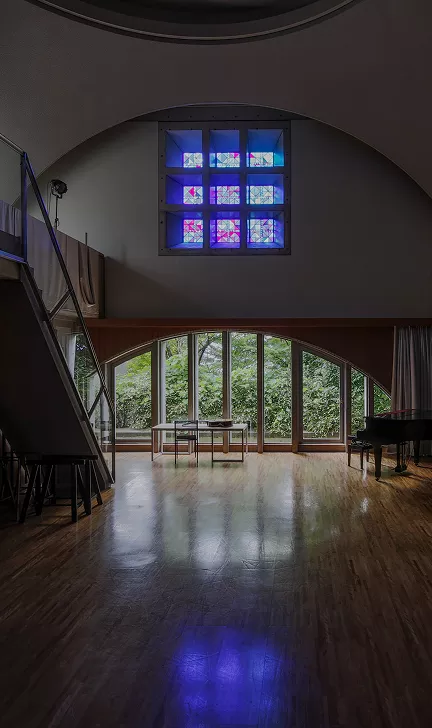
Auditorium
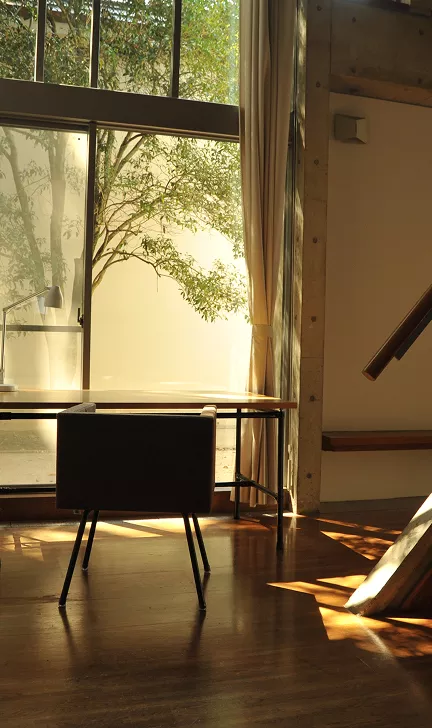
Studio
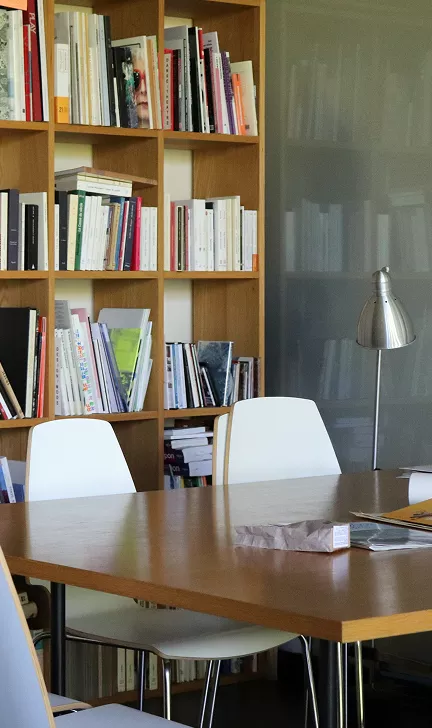
Reading room
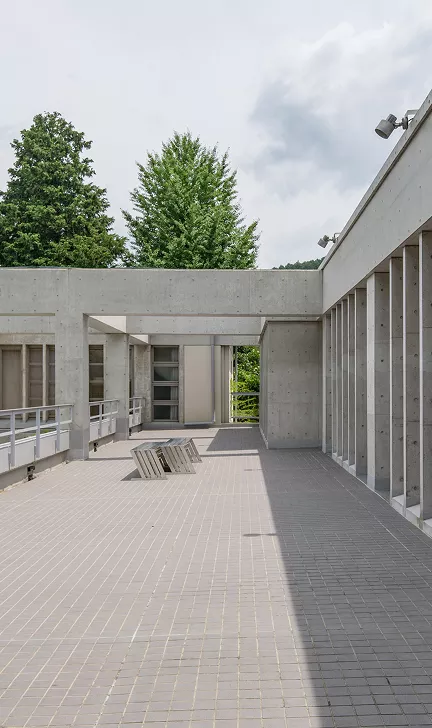
Terrace
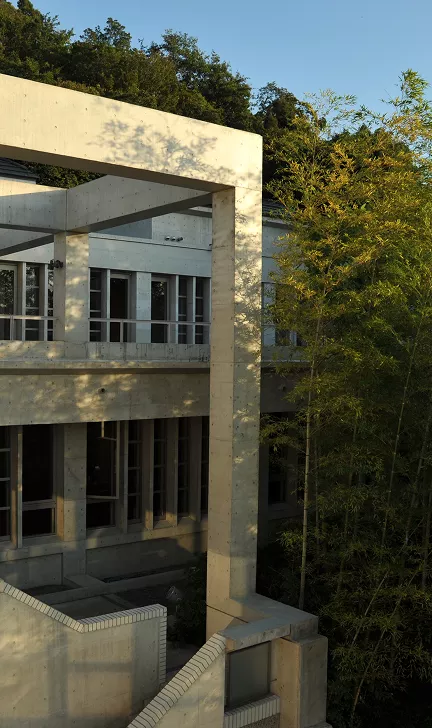
Entrance
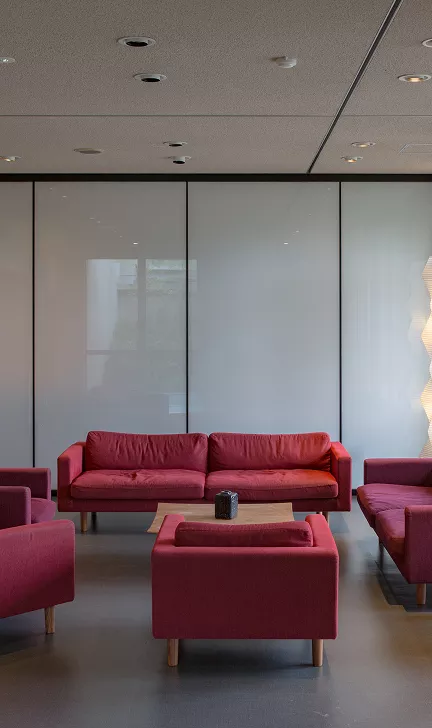
Lounge
Applications
The call for applications for the 2027 residencies will open in the first quarter of 2026.
Submission is limited to 250 applications.
How to apply
Since 1992, Villa Kujoyama has welcomed nearly 450 residents. Each year, 15 residents are accepted for research residencies lasting between four and six months.
If you have any questions about the application process, please write to villakujoyama@institutfrancais.com.
Disciplines (17)
- Architecture / Landscape architecture / Urbanism
- Street arts / Circus / Puppetry
- Digital creation (digital arts, video games, VR)
- Visual arts
- Comics
- Cinema (Animation / Creative documentary / Video art)
- Art criticism and curating
- Dance / Performance
- Design / Graphics
- Culinary arts / GastronomyLiterature (fiction / essay / children’s literature / comics)
- Crafts
- Fashion
- Photographie
- Theatre
- Music (Classical music / Contemporary music / Contemporary music / Jazz)
- Sciences
Do you want to become a Villa Kujoyama resident ?
To learn more about the application process, please visit Institut français' website